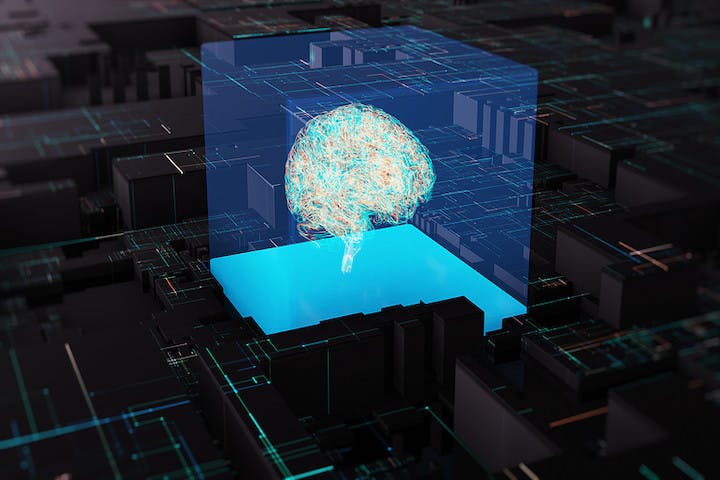Few of us – especially those working in HR – would object to wanting to make workplaces as inclusive as possible.
We all want workplaces where everyone feels like they belong and their voices are heard. Not only is it the ‘right’ thing to do, inclusivity has business results too. According to research by McKinsey & Company, companies that emphasize diversity and push for an inclusive work culture outperform competitors by a whopping 35%. The consultancy also found that having a robust and proactive stance on diversity and inclusivity improves employee performance and job satisfaction. This satisfaction, in turn, can lead to revenue growth and improved profitability year-over-year.
The challenge of inclusivity
As we all know though, getting inclusivity right can prove to be a challenge in many workplaces. Many cite the fact HR managers still spend too much time on repetitive tasks (such as ensuring their companies comply with regulatory checklists), to really get on top of it.
But could Intelligent Automation (IA) be the solution HRDs have been looking for?
How does Intelligent Automation fit In?
Intelligent Automation combines lots of different technologies, such as Robotic Process Automation (RPA), artificial intelligence/machine learning, intelligent document processing, and many more to emulate a human workforce.
It allows almost any repetitive task to be automated and assigned to a “digital worker” – someone who can use the same user interfaces as human employees.
On the fact of it, this may not appear to impact workplace culture, but this is where you’d be wrong.
IA can help create an inclusive workplace culture by streamlining processes and freeing time for employees to focus on their work. For example, using IA to automate the onboarding process for new employees can save time for both the employees and the HR department. The automated onboarding process can also help ensure all new employees receive the same information and have the same experience, which can help create a sense of a more cohesive work culture.
In addition, automating processes such as onboarding helps HR focus more on the “human” side of Human Resources.
Intelligent Automation can also help improve communication between employees and managers. For example, a recent paper in the Journal of AI, Robotics, and Workplace Automation highlighted how IA could be used to minimize bias in employee performance reviews. Natural Language Processing (NLP) and Conversational AI (CAI) technologies allow companies to automatically monitor performance reviews for biased language and serve as a foundation for company-wide analytics. As well as improving communication and promoting an inclusive workplace, IA can help maintain compliance with inclusivity goals.
It doesn’t end here. An IA-enabled feedback culture could allow employees to provide feedback on how the workplace functions, helping HR identify potential problems that might prevent employees from feeling included. The analysis could help create a more level playing field in the workplace.
Finally, IA can help cut down on unconscious bias in hiring. For example, IA can access the entire pipeline of candidates rather than relying on time-and-energy-constrained humans who might fall back on unconscious bias to make the workload manageable.
The future looks more inclusive:
The above examples could kick start a technology-enabled inclusivity revolution.
In the coming years and decades, we’ll see more digital colleagues working alongside humans. They will enable human workers to work more deeply and thoughtfully and build better relationships with customers and each other.
These digital workers will – perhaps ironically – finally make the workplace more human.
One minute on…The benefits of an inclusive culture
Culture may be hard to define, but people know it when they feel it.
They know when they’re part of it and know when they’re not.
A recent Harvard Business Review of academic studies on identity in the workplace found that “employees who identify in ways that do not conform to the norms used to define and categorize them at work are more likely to feel marginalized, and even threatened.”
The review found policies that run counter to an employee’s demographic identity will make them feel that their autonomy is constrained. Such sentiment can lead to decreased motivation, engagement, performance, and overall satisfaction. “Further, to younger generations of workers, who are more likely to view self-fashioned identities as the ‘norm,’ a traditional organizational approach can make a company appear out of touch,” the review continues.
The bottom line is when employees feel valued and safe enough to bring their authentic selves to work; they are likely to be happier and more productive. They are also more likely to feel valued and respected by coworkers, encouraging a positive work environment and improved workplace relationships. This environment then fosters workplace partnerships and increased job performance.
